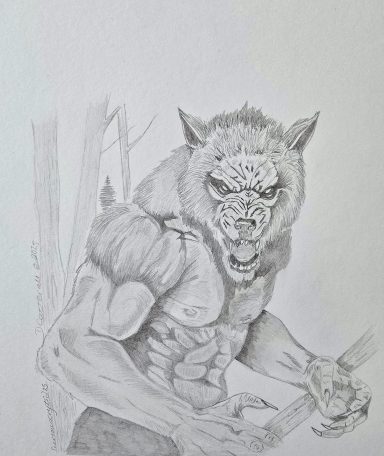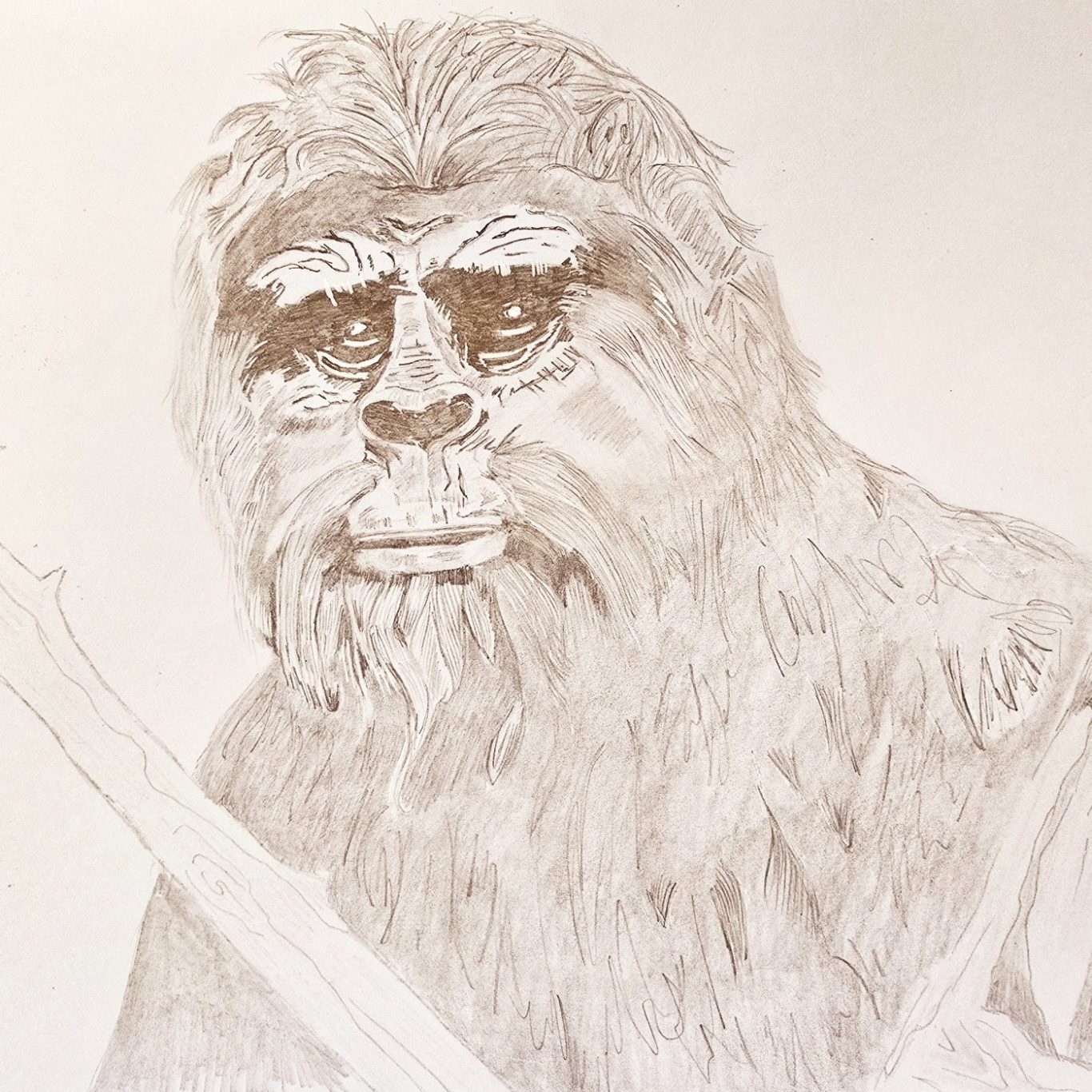Unearth the Legends
Join me on a quest to explore mysterious creatures, urban myths, and the truth behind stories of Bigfoot and other legends. Your adventure awaits!
About CuriousCryptids
I am dedicated to exploring the fascinating world of cryptids and urban legends.
As an artists and researcher, I bring you rich stories, insightful articles, and exciting discoveries about mythical creatures.
My mission is to uncover the mysteries that surround these legendary beings and share my findings with enthusiasts and curious minds alike.

Unique Stories
Books Published
Art Work

In-Depth Articles
Read in-depth articles about Bigfoot, urban myths, and cryptid sightings.
1818
Long Island Star
1818 Long-Island Star Report
Location: Near Ellisburgh, New York (close to the Canadian border).
Date of Sighting: August 30, 1818.
Witness: A “gentleman of unquestionable veracity,” whose name was not disclosed in the article.
Description of the Creature:
Described as an animal resembling a man, covered in hair.
The creature was referred to as a “Wild Man of the Woods” or a “Yo-ho”—a term possibly borrowed from local or Indigenous folklore.
It walked upright, like a human.
It came within a few rods (a rod is about 16.5 feet or 5 meters) of the witness.
The creature paused and stared at the man before fleeing.
Its flight path allowed the witness to observe it clearly for some time.
Tone of the Report:
The article was written with a mix of curiosity and seriousness, suggesting the editors found the account credible or at least intriguing enough to publish.
It reflects early 19th-century fascination with the mysteries of the American wilderness, where tales of wild men, forest spirits, and unknown beasts were common.
This sighting is considered one of the earliest documented Bigfoot-like encounters in American print media and helped lay the foundation for the modern legend of Bigfoot.
Illustrative Books
Explore my collection of illustrated books that document the tales of legendary creatures. COMING SOON


Mystery Stories
Engage with captivating stories that delve into the lore of cryptids and urban legends.

The history behind the werewolf
art by Curious Cryptid
The history of werewolves as a cryptid is distinct from their mythological and folkloric origins, though the two are deeply intertwined. While mythological werewolves are supernatural shapeshifters, cryptid werewolves are treated by cryptozoology as a potential undiscovered species or a relict population of a known animal, often a bipedal canine.
The transition of the werewolf from a supernatural being to a cryptid can be seen as a modern development, driven by a desire to find a real-world explanation for legendary creatures. Unlike mythological werewolves, which are defined by their magical transformation and vulnerability to silver, cryptid werewolves are associated with physical sightings and anecdotal evidence. People who report seeing them describe a large, hairy, bipedal creature with canine features, rather than a human changing shape.
The term Dogman is often used interchangeably with cryptid werewolf and refers to a large, upright-walking creature with the head of a dog or wolf. The most famous example of this is the Beast of Bray Road in Wisconsin, which gained widespread attention in the 1990s. Eyewitness accounts of this creature describe it as a werewolf-like animal, but without the supernatural baggage of a human being cursed. Cryptozoologists often propose naturalistic explanations for these sightings. For example, some have suggested that the creatures could be a misidentified animal, a surviving population of a prehistoric species, or a large, unknown species of canine. This contrasts with the medieval view of werewolves, which were considered manifestations of the devil or a result of witchcraft.
This is perhaps the most famous historical case often cited as a cryptid werewolf encounter. A large, wolf-like creature terrorized the French region of Gévaudan, killing and mutilating over 100 people. While the beast was eventually killed and identified as a large wolf, its unusual ferocity and the bizarre details of the attacks have led some to speculate that it may have been something more than a typical wolf, such as a large exotic animal or even an unknown species. The legend of the Michigan Dogman is a modern cryptid phenomenon that began with a folk song in 1987 and grew to include multiple reported sightings of a bipedal, canine-like creature throughout the state. The creature's characteristics, such as its size and upright stance, align with the modern cryptid werewolf archetype.
It's important to differentiate between the two concepts.
Mythological Werewolves - These are human beings who can transform into wolves, either by choice or through a curse. Their origins are rooted in ancient myths and folklore, and their powers and weaknesses are supernatural.
Cryptid Werewolves - These are large, bipedal, canine-like animals that exist in a wild state, similar to Bigfoot or the Loch Ness Monster. Their existence is a subject of cryptozoology, a pseudoscience that studies creatures whose existence is not proven. The history of these cryptids is largely a history of modern sightings and speculation, rather than ancient folklore.
In essence, the cryptid werewolf is a modern reinterpretation of the ancient legend, stripping away the supernatural elements to present a creature that could, theoretically, exist in the real world as an undiscovered animal.
